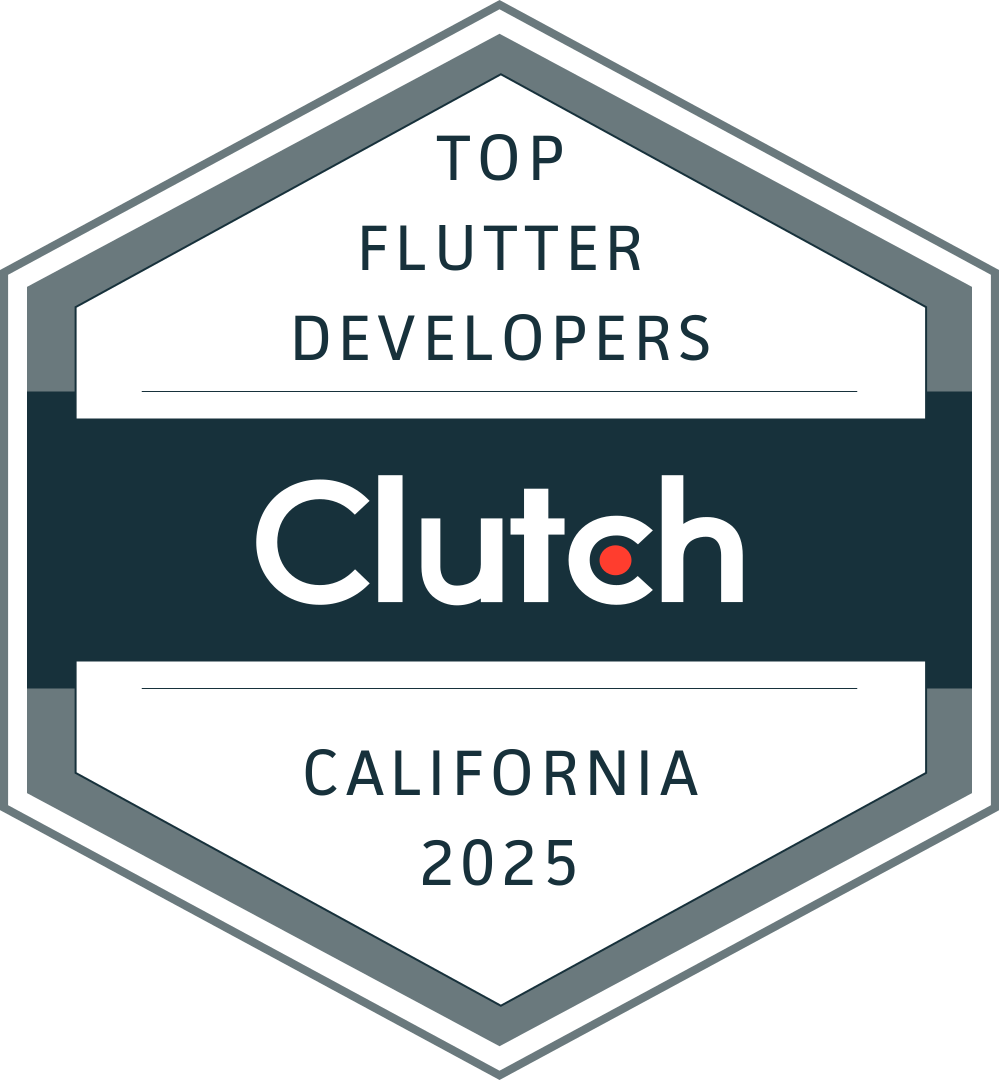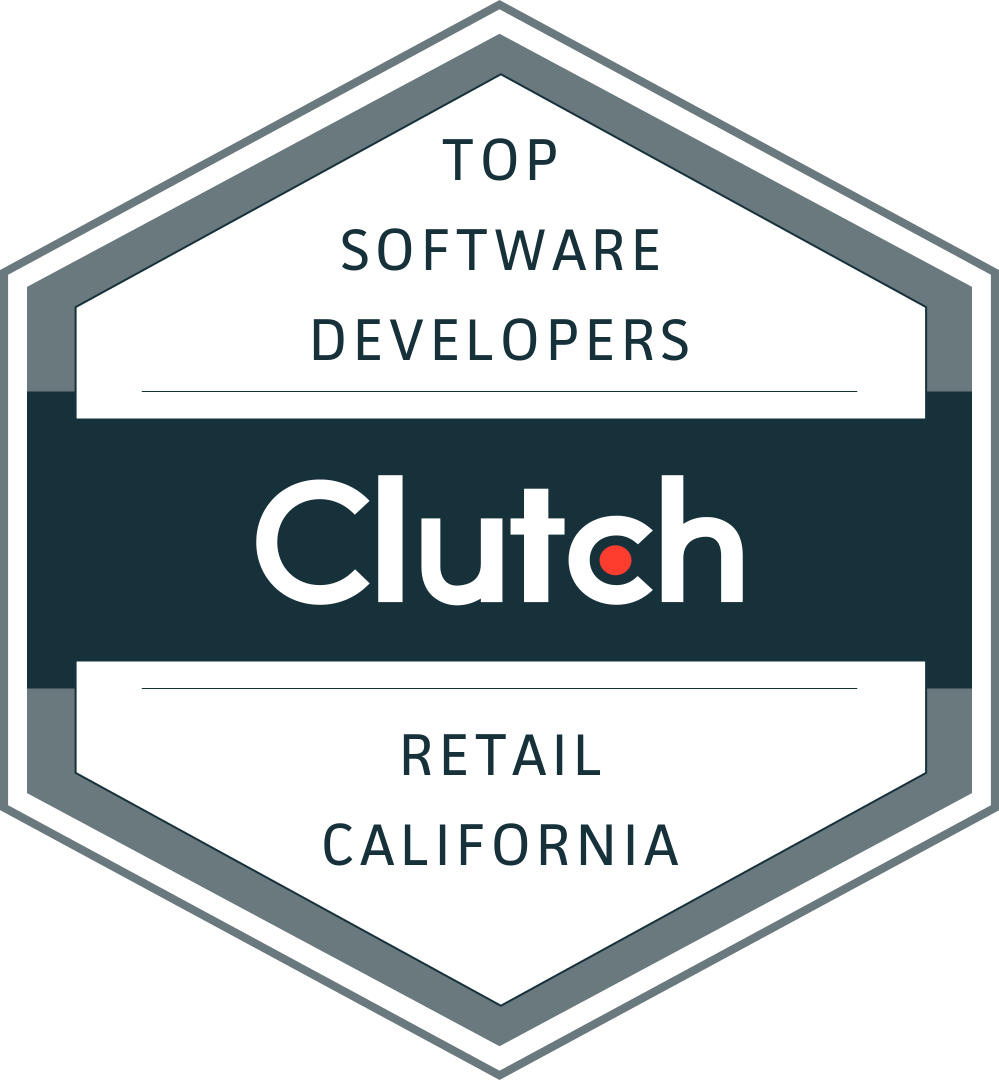Introduction In 2025, nearly every SaaS contract comes stamped with “AI included.” From EHRs to HRIS to billing tools, vendors promise instant efficiency with a single toggle switch. But here’s the catch: leaders across ABA networks, MSOs, and regional health plans are realizing these add-on AI features often come with 30–50% uplifts, vendor lock-in, and […]

Introduction
In the fast-paced world of technology, Artificial Intelligence (AI) stands out as a transformative force. Often likened to a Swiss Army knife, AI offers a tool for nearly every task. However, choosing the right AI solution requires a nuanced understanding of its types, underlying models, key players in the industry, and associated costs. This guide aims to provide you with that comprehensive overview.

Types of AI: The Spectrum from Narrow to Superintelligent
Narrow AI (Weak AI)
Think of Narrow AI as a specialist doctor—highly efficient in a specific domain but limited by its programming. Siri, Apple's voice-activated assistant, exemplifies this type of AI, designed for tasks like voice recognition.
General AI (Strong AI)
General AI is the polymath of the AI world, capable of learning, adapting, and applying knowledge across various tasks. OpenAI's GPT-3, known for generating human-like text, is a step in this direction.
Superintelligent AI
This is the hypothetical superhero of AI, envisioned to surpass human intelligence and solve complex problems beyond our capacity. While it remains a concept in science fiction, it's a fascinating subject for future exploration.
AI Models: The Building Blocks

Supervised Learning Models
These models are like students learning from a textbook with answers, trained on labeled datasets to make accurate predictions.
Unsupervised Learning Models
Imagine these models as explorers, identifying patterns in unlabeled data. They excel in tasks like clustering and dimensionality reduction.
Reinforcement Learning Models
Learning through trial and error, these models find applications in robotics and control systems.
Deep Learning Models
Based on artificial neural networks, these models are the workhorses behind image and speech recognition, as well as natural language processing.
Transfer Learning Models
These models leverage knowledge from one task to excel in another, often used in natural language processing and computer vision.
Major Players: The Titans of AI

OpenAI - ChatGPT-4
ChatGPT-4 is OpenAI's latest language model, trained on a diverse range of internet text. It's versatile, capable of generating creative text, answering questions, translating languages, and even writing code.
Google - Bard and Palm 2
Google's Bard improves natural language understanding in Search, while Palm 2 focuses on generating human-like text based on input.
Amazon Web Services (AWS)
AWS offers a suite of tools for generative AI, including pre-trained models, APIs, and SageMaker for custom model training.
Microsoft Azure
Azure AI provides a portfolio of AI services through simple API calls, and now includes GPT-4 through Azure OpenAI Service.
Cost Factors: The Economics of AI
Choosing an AI solution involves considering various costs, including development, training, infrastructure, maintenance, and cost per output. Each of these factors can significantly influence the total cost of implementing an AI system.
Choosing the Right AI: The Tool, the Task, and the Partner

Selecting the right AI is akin to picking the right tool for a job. Your software development partner is as crucial as the technology itself. At Serious Development, we offer industry-specific insights and a range of AI and RPA technologies to ensure you make the best choice.
Conclusion
Choosing the right AI solution is not just about the technology; it's also about the partner you choose for implementation. With Serious Development as your AI ally, you gain a partner proficient in various AI types and models, ensuring the success of your AI initiatives.
Ready to navigate the AI landscape with confidence? Contact Serious Development today to find the AI solution that best fits your needs.






